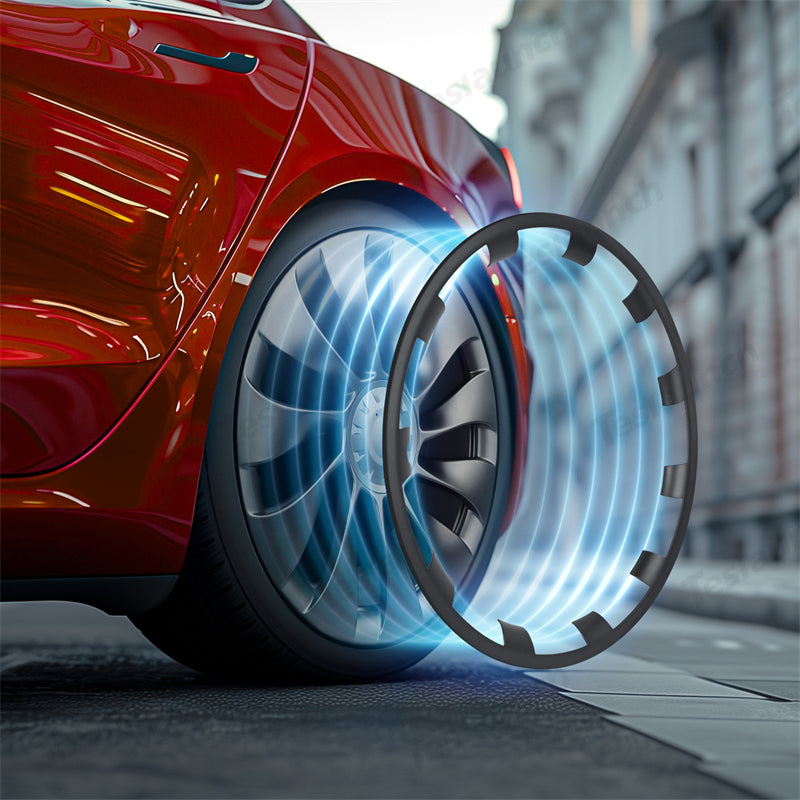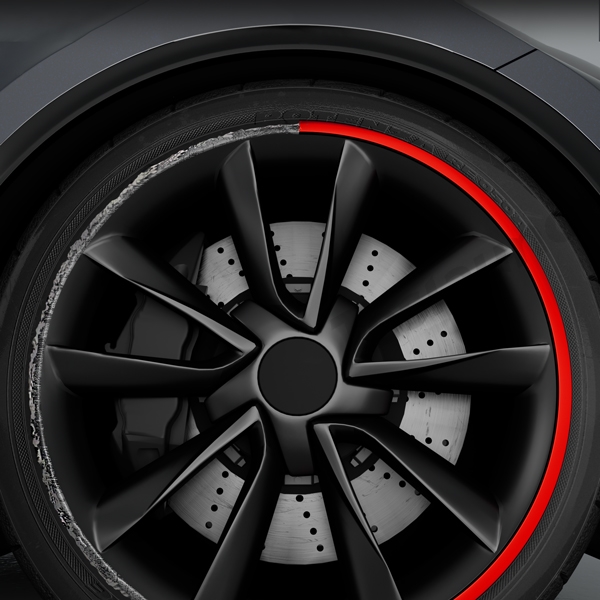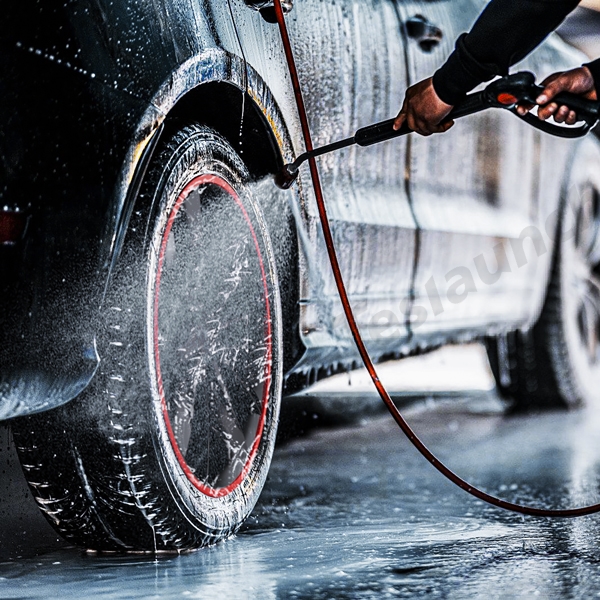How to Choose the Right Rim Protector for Your Vehicle?
When it comes to protecting your wheels, choosing the right rim protector is crucial to maintaining the aesthetic and longevity of your vehicle. Whether you're looking for a car rim protector, a wheel protector, or specific rim protection products, it's essential to select one that matches your vehicle's needs.
Key Factors to Consider When Choosing a Rim Protector
Wheel Size
The first step in choosing a rim protector is ensuring that it matches your wheel size. Wheel rim protectors come in various sizes, and it's essential to pick one that fits snugly around the edges of your wheels. Rim protectors that are too large or too small will not provide optimal protection.
Rim Material
Rim protectors are available in three primary materials: alloy, rubber, and nylon. Each material has its pros and cons:
- Alloy Wheel Protectors: Renowned for their durability and resistance to harsh impacts, alloy wheel protectors are an excellent choice for high-performance vehicles.
- Rubber Wheel Protectors: The softest material, providing a shock-absorbing effect, but may deform under heavy impacts.
- Nylon Rim Protectors: Durable yet flexible, nylon is a solid choice for everyday cars, but doesn't offer the same level of protection as alloy.
Installation Method
When choosing a rim protector, consider the installation method. Common options include:
- Adhesive: Adhesive rim protectors utilize strong double-sided tape (such as 3M VHB) to attach to your wheels securely. This is ideal for those who want a seamless look.
- Clip-On: These protectors are designed to clip onto your wheels, offering a more secure fit and better protection against damage. They're perfect for those who need something that stays in place, even during high-speed driving.

- Slot-In: These fit into grooves around the rim, providing an easy installation and secure fit.
How to Install and Check Rim Protectors
Step-by-Step Installation Guide
To ensure your rim protector stays securely in place, follow these simple steps:
- Clean the Rim: Start by cleaning the wheel with a damp cloth to remove any dirt or dust. Allow it to dry completely before proceeding.
- Apply Adhesive Promoter: If you're using an adhesive promoter, apply it to the wheel to ensure a strong bond.
- Peel and Stick: Peel the protective film off the front of the rim protector and place it carefully on the wheel.
- Press and Secure: Apply pressure along the edges of the protector to ensure it sticks properly.
- Final Adjustment: For clip-on protectors, adjust the clips to ensure the protector is perfectly aligned.
How to Measure Your Rim Size
To find the right rim protector, you need to measure your wheel's dimensions:
- Step 1: Use a measuring tape to measure the diameter of your rim, starting from one edge and extending to the other.
- Step 2: Measure the width of the rim from one side to the other.
- Step 3: Match these measurements with the size of the protector you intend to purchase.
Checking Protector Security
After installing your rim protector, it's essential to ensure it is firmly in place:
- Press the Edges: Gently press along the edges of the protector to confirm there are no gaps.
- Spin the Wheel: Rotate the wheel and check if the protector moves or produces any noise.
- Car Wash Test: A quick way to check your car's security is by washing it with a high-pressure hose. If the protector stays in place without peeling off, it's securely installed.
Choosing the Best Rim Protector for Your Needs
Alloy vs. Rubber vs. Nylon: Which Material is Right for You?
- Alloy Wheel Protectors: Ideal for high-end, performance, and off-road vehicles. They provide superior durability and resistance to damage.
- Rubber Rim Protectors: Great for daily drivers. Rubber offers shock absorption, making it ideal for protecting rims from minor collisions; however, it may not withstand extreme conditions.
- Nylon Rim Protectors: Suitable for light to moderate use, offering good flexibility and durability at a more affordable price point.
Adhesive vs. Clip-On: Pros and Cons
- Adhesive Rim Protectors: Achieve a sleek, seamless look with minimal installation hassle. However, they may be less durable in extreme conditions (e.g., high temperatures).
- Clip-On Rim Protectors: Extremely durable and stay in place even at high speeds. However, they may produce slight noise and are slightly more challenging to install.
Frequently Asked Questions
How Do I Clean My Rim Protector?
To clean your rim protector, use a mild soap solution and a soft cloth. Avoid using harsh chemicals, as they could degrade the material over time.
Can I Reuse My Rim Protector After Changing Tires?
Yes, if the protector hasn't been deformed or damaged, you can reuse it after changing your tires. Clip-on protectors are especially easy to remove and reinstall.
Conclusion
Choosing the right rim protector is crucial for both protection and aesthetics. By considering factors such as wheel size, material, and installation method, you can select the best rim guard to meet your specific needs. Whether you opt for a mag wheel protector, a rim edge protector, or a rim trim protector, proper installation and maintenance will ensure that your wheels stay protected for years to come.



